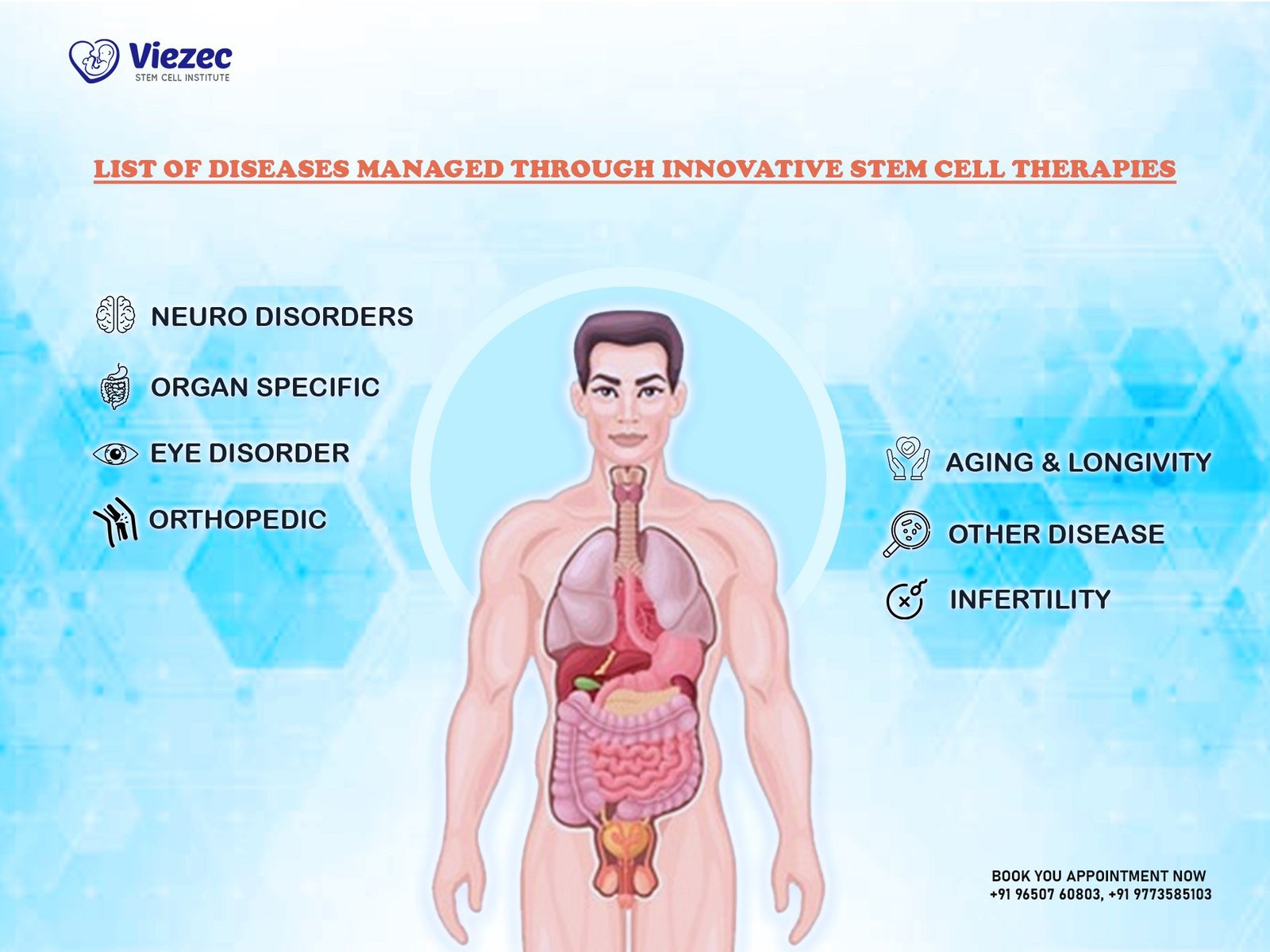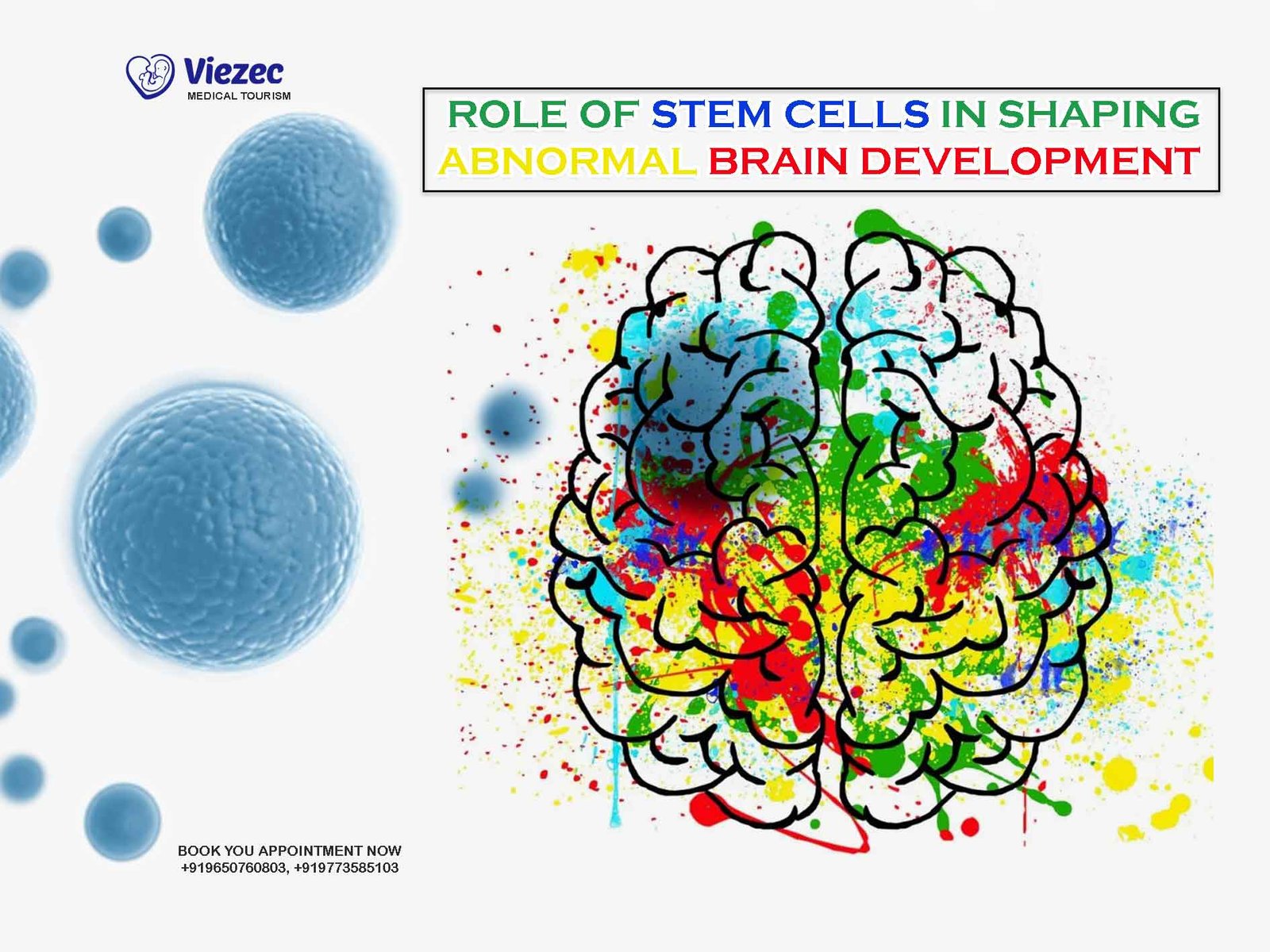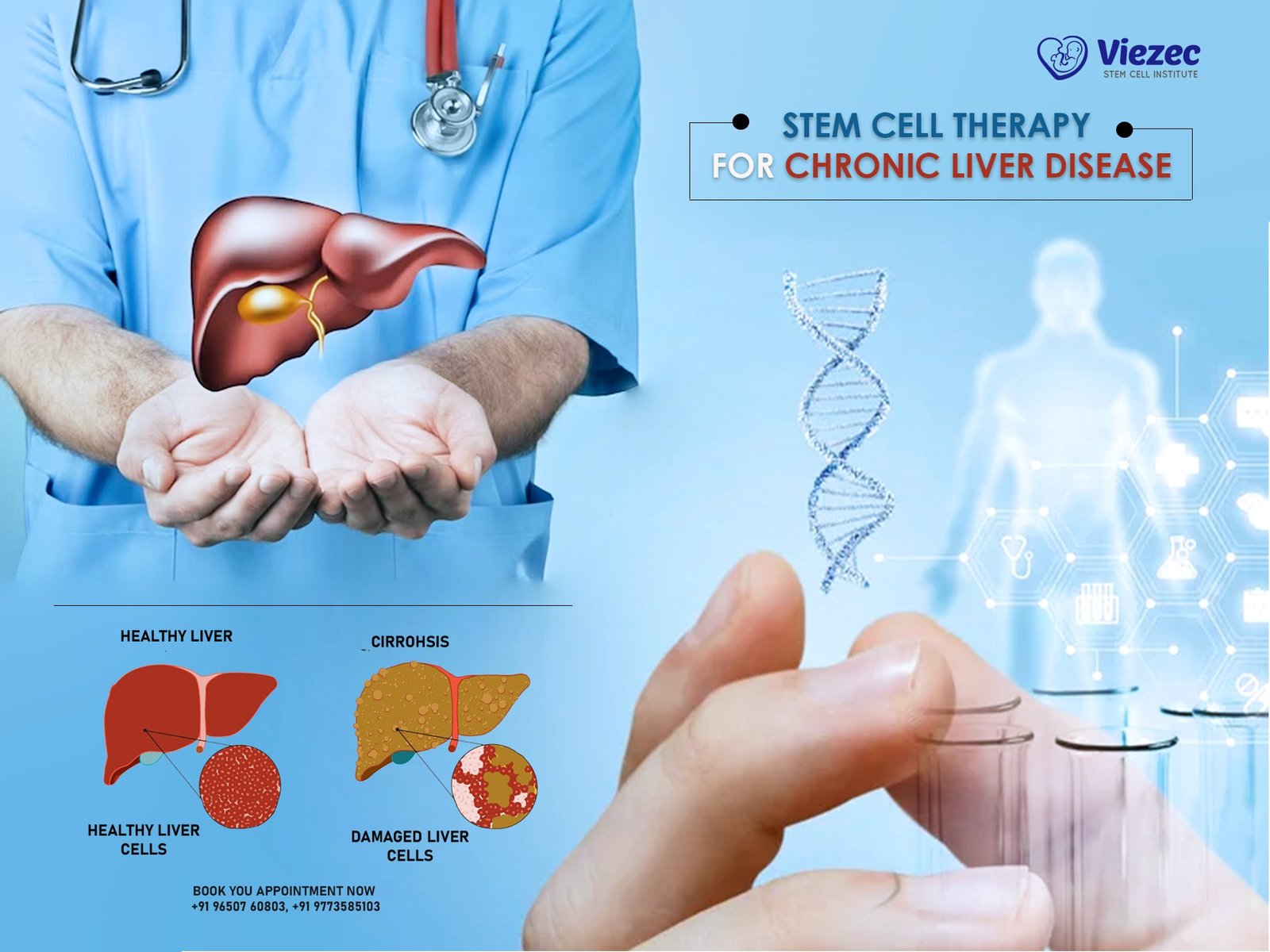Autoimmune diseases, from multiple sclerosis to lupus, affect millions and often leave patients with few long-term treatment options. This article explores the growing role of stem cell therapy as a powerful and potentially transformative approach in autoimmune care. It breaks down how stem cells work to reset the immune system, reduce inflammation, and regenerate damaged tissues—going beyond symptom management to offer lasting relief. With real-world success stories, scientific evidence, and a look into future innovations, this guide helps readers understand whether stem cell therapy could be the next big breakthrough in treating autoimmune diseases.
What Are Autoimmune Diseases?
How the Immune System Goes Rogue
Your immune system is designed to be your body’s personal defense team—attacking viruses, bacteria, and other harmful invaders. But in autoimmune diseases, that system gets confused. Instead of fighting off threats, it starts attacking healthy tissues and organs, mistaking them for enemies. This internal misfire sparks chronic inflammation, leading to pain, fatigue, and long-term damage that can affect everything from your joints to your nervous system.
Common Autoimmune Disorders You Should Know
Autoimmune conditions come in many forms—some target specific organs, while others affect multiple systems in the body. Here are a few of the most recognized ones:
Rheumatoid Arthritis (RA)
RA is a painful inflammatory condition where the immune system attacks the lining of the joints. Over time, this can cause swelling, stiffness, and even permanent joint deformity if left untreated.
Multiple Sclerosis (MS)
In MS, the immune system targets the protective covering (myelin) of nerve fibers in the brain and spinal cord. This disruption slows or blocks signals between the brain and body, leading to symptoms like muscle weakness, coordination issues, and fatigue.
Lupus (Systemic Lupus Erythematosus)
Lupus is a complex autoimmune disease that can affect the skin, joints, kidneys, heart, and more. Symptoms often come in waves or “flare-ups,” with periods of remission in between.
Type 1 Diabetes
Here, the immune system destroys insulin-producing beta cells in the pancreas. Without insulin, the body can’t regulate blood sugar, making lifelong insulin therapy a necessity.
Traditional Treatments vs Regenerative Approaches
Limitations of Immunosuppressive Therapies
For decades, the go-to approach for managing autoimmune diseases has been immunosuppressive drugs. These medications work by dampening the immune system’s activity to prevent it from attacking the body’s own tissues. While they can reduce flare-ups and slow disease progression, they don’t come without trade-offs.
Patients often face a long list of side effects—ranging from weight gain and mood swings to increased vulnerability to infections and even organ damage over time. And perhaps most frustrating of all, these drugs don’t address the root of the problem—they simply press pause on an overactive immune response.
The Search for Long-Term Solutions
With these limitations in mind, the medical community has turned its attention to regenerative therapies that aim to restore immune balance and repair tissue damage, rather than just control symptoms. Among these emerging options, stem cell therapy stands out as one of the most promising.
Unlike traditional treatments, stem cell therapy targets the core dysfunction in autoimmune diseases. It’s not just about halting symptoms—it’s about encouraging the body to reset and heal. This shift from suppression to regeneration marks a bold step forward in the future of autoimmune care.
What Is Stem Cell Therapy?
Definition and Core Concepts
Stem cell therapy is a groundbreaking branch of regenerative medicine that uses the body’s own building blocks—stem cells—to repair, replace, or regenerate damaged tissues. Unlike most cells in the body, stem cells have a unique ability: they can transform into specialized cell types and multiply to replenish lost or damaged cells.
In the context of autoimmune diseases, stem cell therapy is designed to do more than just ease symptoms. It works at a deeper level—helping regulate the immune system, reduce chronic inflammation, and even rebuild tissues that have been harmed by years of immune attacks.
Types of Stem Cells Used in Autoimmune Therapy
Not all stem cells are the same. Researchers and clinicians use different types depending on the condition being treated, the source of the cells, and the desired therapeutic effect.
Hematopoietic Stem Cells (HSCs)
These stem cells are found in bone marrow and blood and are best known for producing all types of blood and immune cells. In autoimmune treatments—particularly for diseases like multiple sclerosis—HSCs are used in procedures like autologous hematopoietic stem cell transplantation (HSCT) to completely reboot the immune system.
Mesenchymal Stem Cells (MSCs)
Sourced from bone marrow, adipose (fat) tissue, or umbilical cord tissue, MSCs are valued for their anti-inflammatory and immunomodulatory capabilities. They can suppress harmful immune responses and support tissue healing, making them a popular choice for clinical trials in conditions like lupus, RA, and Crohn’s disease.
Induced Pluripotent Stem Cells (iPSCs)
Created by reprogramming adult cells to behave like embryonic stem cells, iPSCs can develop into any cell type. Though they’re still largely in the research phase, iPSCs offer exciting possibilities for personalized, lab-generated therapies that match the patient’s own biology—potentially eliminating the risk of rejection.
How Stem Cells Work Against Autoimmunity
Immunomodulation and Immune Resetting
One of the most powerful ways stem cells help in autoimmune diseases is by calming an overactive immune system—a process called immunomodulation. Certain stem cells, especially mesenchymal stem cells (MSCs), can identify areas of inflammation and send chemical signals to suppress the immune system’s harmful activity.
Think of it as a system reset. Instead of constantly attacking the body, the immune system gets a chance to rebalance. These stem cells don’t wipe out the immune system entirely (like some harsh medications do); they promote a healthier, more regulated response.
In therapies like hematopoietic stem cell transplantation (HSCT), the goal is even more direct: completely eliminate the faulty immune system and rebuild it from scratch using the patient’s own purified stem cells. This approach has shown particularly strong results in diseases like multiple sclerosis and systemic sclerosis.
Tissue Repair and Regeneration Benefits
Beyond immune modulation, stem cells have the remarkable ability to promote tissue repair and regeneration. Autoimmune diseases often cause ongoing damage to joints, nerves, or organs. Stem cells help by migrating to the damaged site, reducing inflammation, and supporting the growth of new, healthy cells.
This dual action—regulating the immune system and repairing tissue—is what makes stem cell therapy so promising. It’s not just about stopping damage; it’s about reversing it.
Real-World Applications and Success Stories
Stem Cell Therapy for Multiple Sclerosis
Among autoimmune diseases, multiple sclerosis (MS) has seen some of the most promising results from stem cell therapy—especially through autologous hematopoietic stem cell transplantation (HSCT). In this treatment, the patient’s faulty immune system is wiped out using chemotherapy and then rebuilt using their own stem cells.
Clinical trials have shown that HSCT can halt disease progression, and in many cases, patients have regained mobility and cognitive function. For individuals who haven’t responded well to traditional MS medications, stem cell therapy has offered a renewed sense of hope and long-term remission.
Use in Rheumatoid Arthritis and Lupus
In rheumatoid arthritis (RA) and lupus, stem cell therapy—particularly with mesenchymal stem cells (MSCs)—has shown the ability to calm systemic inflammation, reduce joint pain, and improve quality of life. Early-phase studies suggest that MSCs can suppress the abnormal immune responses driving these diseases without the harsh side effects of standard immunosuppressants.
While more research is needed to standardize dosing and administration protocols, the early results are encouraging and have opened the door to larger, more comprehensive trials.
Clinical Research in Type 1 Diabetes
Stem cell-based approaches in Type 1 Diabetes are evolving rapidly. Scientists are exploring how to regenerate insulin-producing beta cells in the pancreas using pluripotent stem cells. Companies and research teams are already in clinical trials, aiming to develop a functional cure that reduces or even eliminates the need for daily insulin injections.
Some patients in early trials have regained partial insulin independence—a groundbreaking milestone that underscores the immense potential of stem cell therapy in chronic endocrine conditions.
Evidence and Scientific Backing
Key Clinical Trials and Their Findings
Stem cell therapy isn’t just hype—it’s being rigorously tested in clinical settings around the world. Some of the most notable trials include the HALT-MS trial and the SCOT trial, both of which explored the effectiveness of hematopoietic stem cell transplantation (HSCT) for autoimmune conditions.
-
In HALT-MS, patients with aggressive relapsing-remitting multiple sclerosis who underwent HSCT experienced long-term remission in over 60% of cases—without the need for ongoing medication.
-
The SCOT trial, focused on systemic sclerosis, found that HSCT led to significantly better survival rates and quality of life compared to traditional treatments.
These results suggest that for some patients, stem cell therapy can offer not just disease management, but actual remission—something conventional treatments rarely achieve.
Peer-Reviewed Studies and Expert Opinions
The growing body of peer-reviewed research supports stem cell therapy as a legitimate therapeutic strategy, especially in cases where standard treatments have failed. Journals like The Lancet, JAMA, and Nature Reviews Immunology have published findings indicating the safety, efficacy, and potential scalability of stem cell interventions.
Experts in immunology and regenerative medicine are optimistic, though cautiously so. They stress the importance of standardized protocols, patient selection, and long-term follow-up, but agree that stem cell therapies are poised to transform autoimmune care in the years to come.
Benefits of Using Stem Cells in Autoimmune Treatment
Natural and Minimally Invasive Approach
One of the most compelling advantages of stem cell therapy is its ability to harness the body’s own healing capabilities. Many stem cell procedures—especially those involving mesenchymal stem cells (MSCs)—are minimally invasive, often requiring only a simple injection or infusion rather than complex surgery.
These cells naturally migrate to areas of inflammation or injury, where they help modulate the immune system and promote tissue repair. Compared to traditional treatments, which often come with heavy side effects, stem cell therapy offers a gentler, biologically attuned approach to healing.
Potential to Achieve Long-Term Remission
Perhaps the most exciting promise of stem cell therapy lies in its potential to deliver long-term or even lasting remission. By targeting the underlying immune dysfunction, rather than just masking symptoms, stem cells can help restore balance and reset immune tolerance.
Patients who have undergone successful stem cell treatment—particularly in trials for multiple sclerosis, systemic lupus, and rheumatoid arthritis—have reported years of stability, often without needing further immunosuppressive medications. While it’s not yet a universal cure, stem cell therapy brings the possibility of freedom from flare-ups, drug dependency, and disease progression closer than ever.
Risks, Side Effects, and Ethical Considerations
Short-Term and Long-Term Risks
As promising as stem cell therapy is, it’s not without risks—especially when not performed under proper medical supervision. In the short term, patients may experience side effects such as fever, fatigue, or injection-site reactions. In more intensive treatments like hematopoietic stem cell transplantation (HSCT), the use of chemotherapy to wipe out the immune system can temporarily increase vulnerability to infections.
Long-term risks include the possibility of immune complications, relapse, or in rare cases, the development of tumors if the stem cells grow uncontrollably—particularly when using unregulated or experimental stem cell products.
That’s why patient screening, proper protocols, and treatment in accredited medical centers are absolutely essential. Stem cell therapy is a serious medical procedure and must be approached with the same rigor and caution as any other advanced intervention.
Regulatory and Safety Concerns Globally
Globally, the stem cell industry is growing rapidly—and so are concerns about safety, ethics, and oversight. Some clinics, particularly those marketing “miracle cures” online or operating outside regulated medical systems, lack proper approval or clinical backing. These unproven treatments can be not only ineffective but dangerous.
Health agencies like the U.S. FDA, EMA (Europe), and ICMR (India) are working to establish clear regulations, ensure patient safety, and encourage responsible clinical research. Ethical considerations—such as the source of stem cells (e.g., embryonic vs. adult)—also continue to shape policy and public opinion.
For patients, the key takeaway is this: not all stem cell therapies are created equal. Always verify that the treatment is being offered within an established clinical trial or a licensed facility with transparent protocols and proven results.
Cost, Accessibility, and Global Availability
Is It Affordable for the Average Patient?
The cost of stem cell therapy can vary dramatically depending on the type of treatment, the country, and whether it’s part of a clinical trial or a commercial offering. Prices can range from a few thousand dollars for simpler procedures like MSC infusions, to upwards of $50,000 for complex therapies like HSCT.
Unfortunately, most stem cell treatments are not yet covered by insurance, making them inaccessible for many patients. However, as more clinical evidence emerges and therapies receive regulatory approval, broader coverage and reduced costs may follow.
For now, affordability remains a significant barrier—especially for patients in low- and middle-income countries.
Where Stem Cell Therapy Is Available Today
Stem cell treatments are increasingly offered in medically advanced regions such as the United States, India, Germany, Mexico, and South Korea. Many of these countries host clinical trials or regulated programs for specific conditions like MS, lupus, and Type 1 diabetes.
India, for instance, is becoming a growing hub for cost-effective regenerative medicine, often attracting international patients due to the combination of affordability and advanced medical infrastructure.
Still, availability doesn’t always mean accessibility. Patients must navigate a complex landscape of regulations, ethical considerations, and quality standards—making it critical to do thorough research and consult experienced medical professionals before choosing a treatment provider.
Future Outlook and Ongoing Research
Emerging Techniques in Stem Cell Engineering
The future of stem cell therapy is incredibly dynamic, with research evolving far beyond basic stem cell infusions. Scientists are now leveraging genetic engineering tools like CRISPR to enhance the precision and safety of stem cells before they’re introduced into the body. These gene-edited stem cells could potentially correct the faulty immune programming that drives autoimmune diseases—right at the source.
Another breakthrough on the horizon is 3D bioprinting, which could one day enable the fabrication of functional tissues or even whole organs using patient-derived stem cells. These innovations point to a future where regenerative medicine doesn’t just treat disease—it rebuilds what was lost.
Could Stem Cells Become Standard Treatment?
If current clinical trials continue to show positive outcomes and regulatory hurdles are addressed, stem cell therapy could become a mainstream treatment option for autoimmune diseases within the next decade. Already, it’s being considered a standard intervention in some severe cases of multiple sclerosis and systemic sclerosis.
As safety improves, costs stabilize, and success stories grow, more physicians may recommend stem cell therapies earlier in the treatment journey—not just as a last resort. What once felt experimental is quickly becoming a powerful, science-backed tool for reshaping immune health.
In short, we’re not just witnessing a medical trend—we’re standing at the edge of a transformative shift in how autoimmune diseases are understood and treated.
Is Stem Cell Therapy Truly Effective for Autoimmune Diseases?
Weighing the Pros, Cons, and Possibilities
Stem cell therapy represents one of the most exciting frontiers in the fight against autoimmune diseases. By targeting both immune dysfunction and tissue damage, it goes far beyond symptom control—it offers the potential for deep, regenerative healing.
The evidence is growing. Clinical trials have demonstrated success in conditions like multiple sclerosis, systemic lupus, and rheumatoid arthritis. Some patients have entered long-term remission, others have regained lost mobility or organ function, and many have reduced or eliminated their dependence on conventional medications.
But stem cell therapy isn’t a one-size-fits-all solution. It comes with risks, is not universally accessible, and remains under active investigation in many parts of the world. Patients must navigate a complex web of costs, regulation, and ethical considerations before beginning treatment.
Still, the trajectory is clear: stem cell therapy is moving from experimental to essential. With each new breakthrough, it brings us closer to a future where autoimmune diseases are no longer lifelong burdens—but manageable, reversible conditions.
For those battling autoimmune illnesses, stem cell therapy may not just be another treatment—it could be a turning point.









